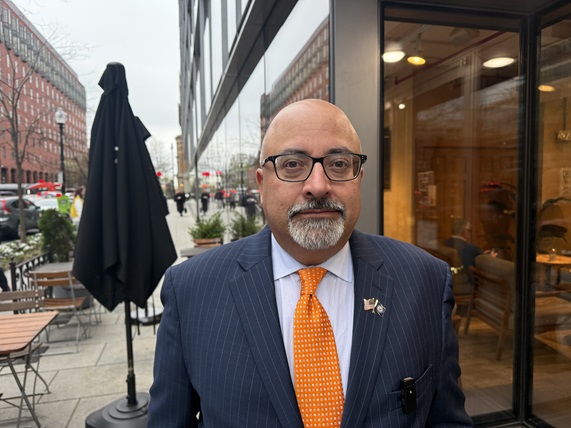CDC urges faster bird flu testing for hospitalized patients
The advisory is intended to prevent delays in identifying human cases of avian influenza A (H5N1) viruses amid high levels of seasonal influenza.
 Brown eggs are shown in their carton in a home in Palm Springs, California August 17, 2015. REUTERS/Sam Mircovich/File photo / Reuters
Brown eggs are shown in their carton in a home in Palm Springs, California August 17, 2015. REUTERS/Sam Mircovich/File photo / Reuters
People hospitalized for flu should be tested for bird flu within 24 hours, the U.S. Centers for Disease Control and Prevention said on Jan. 16, in an expansion of the agency's efforts to tackle increasing infections in humans.
The advisory is intended to prevent delays in identifying human cases of avian influenza A (H5N1) viruses amid high levels of seasonal influenza.
The risk to the general public from bird flu is low, and there has been no further evidence of person-to-person spread, the agency said.
Still, influenza A-positive patients, particularly those in an intensive care unit, should be tested ideally within 24 hours of hospitalization to identify the viral subtype and determine whether they have bird flu, the agency said.
Prior to Jan. 16 guidance, hospitals generally sent batches of samples to labs for subtyping every few days.
Faster testing also aims to help doctors identify how people became infected and provide their close contacts with testing and medicine more quickly if needed, said Nirav Shah, the agency's principal deputy director, on a call with reporters.
The CDC does not believe it has been missing bird flu infections in people, Shah said. No surveillance system detects 100 percent of cases, he added later.
"The system is working as it should," said Shah, adding that health officials want results sooner in case any public health action is needed. "What we need is to shift to a system that tells us what's happening in the moment."
Nearly 70 people in the U.S., most of them farmworkers, have contracted bird flu since April, as the virus has circulated among poultry flocks and dairy herds. Three people have tested positive without a clear source of exposure to the virus, according to the CDC.
Most infections in humans have been mild, but one fatality was reported in Louisiana last week.
The U.S. Department of Agriculture has more than 300 personnel working on its bird flu response and has spent US$1.5 billion on its efforts to curb the spread among poultry and dairy cattle, said Eric Deeble, a deputy undersecretary at the agency.
The USDA last week said it would rebuild a bird flu vaccine stockpile for poultry.
USDA officials have met several times with the transition team of the incoming Donald Trump administration to try to ensure a smooth handoff on agency actions to curb the spread of the virus, including a tabletop exercise at the White House on Jan. 15, Deeble said.
Officials at the Department of Health and Human Services, which encompasses CDC, have also repeatedly met with the transition team on Zoom calls and have shared their bird flu playbook, officials said on the press call.
HHS said on Jan. 16 it plans to put US$211 million toward mRNA-based vaccine technology to better respond to emerging infectious diseases such as bird flu.




.jpg)





.png)






Comments
Start the conversation
Become a member of New India Abroad to start commenting.
Sign Up Now
Already have an account? Login